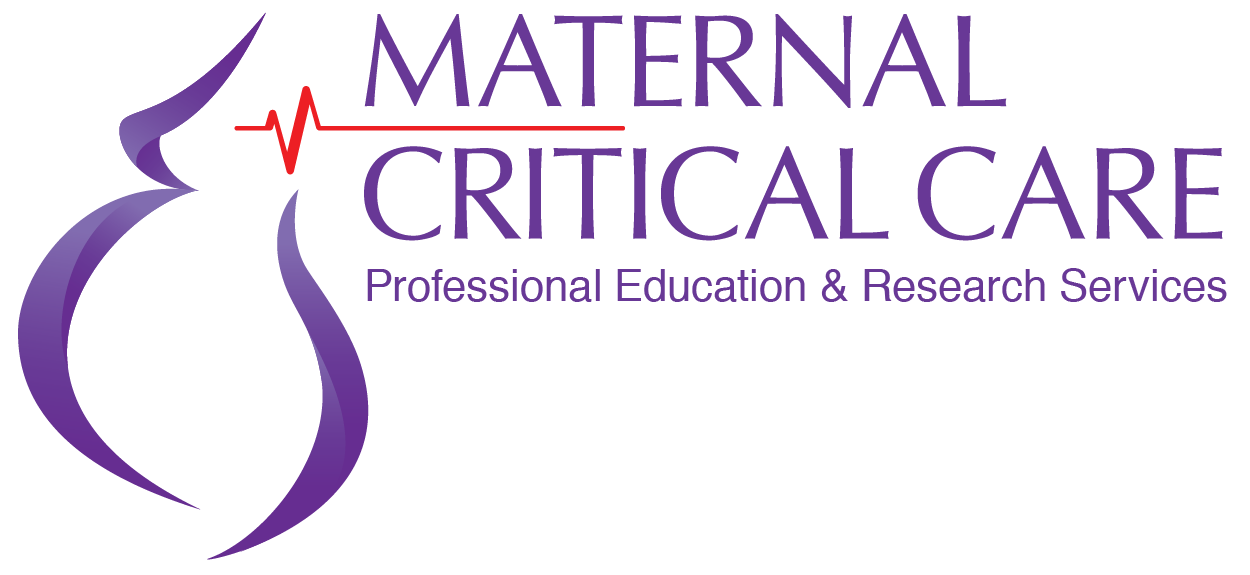Since the national regulation scheme was implemented in 2010, nurses and midwives have been required to undertake a minimum of 20 hours of continuing professional development (CPD) every year. Nurses and midwives who hold scheduled medicine endorsements or endorsements as nurse or midwife practitioners, must complete an additional 10 hours of CPD related to their endorsement. On renewing registration each year, each nurse and midwife certifies that they have undertaken the mandatory hours of CPD and that they are competent to practice. The Nursing and Midwifery Board of Australia monitors the competence of nurses and midwives and conducts an annual audit of a number of nurses and midwives each year. This audit includes review of the nurse’s/midwife’s CPD portfolio.
Common questions about CPD
Does mandatory skills/education ‘count’ towards CPD?
Yes – mandatory skills/education such as, basic life support, should be documented and recorded as part of the CPD portfolio.
Does ‘CPD points’ mean anything different to ‘CPD hours’?
CPD points are awarded by some organisations providing professional education. The Nursing and Midwifery Board of Australia counts one hour of active learning as ‘one hour of CPD’. The responsibility lies with the individual nurse or midwife to calculate how many hours of ‘active learning’ has taken place and to document it in their CPD portfolio.
Do nurses and midwives with dual registration have to do double the hours of CPD?
Nurses and midwives with dual registration are expected to complete 20 hours of CPD in each area – 40 hours in total. However, if the CPD is relevant to both nursing and midwifery, the CPD can be counted towards both portfolios, thus reducing the overall number of CPD hours required. For example, a dual qualified nurse/midwife who undertook two CPD learning hours on ‘early detection of clinical deterioration of the pregnant and postpartum woman’ could count two hours in each of the nursing and midwifery portfolios, as long as the topic was relevant to her/his practice.
Does it matter what the CPD topic is?
Yes – the Nursing and Midwifery Board of Australia expect that any CPD recorded in a CPD portfolio is directly relevant to the nurse or midwife’s context of practice.
Can self-directed learning be considered CPD?
Yes - the Nursing and Midwifery Board of Australia requires that any self-directed CPD includes dates, a brief description of the outcomes, and the number of hours completed for each activity e.g. reading a journal article. Documented evidence should demonstrate that each nurse and midwife has:
- Identified and prioritised their learning needs based on an evaluation of their practice against the relevant professional practice standards
- Developed a learning plan based on identified learning needs
- Participated in effective learning activities relevant to their learning needs
- Reflected on their learning and the implications for their practice
More comprehensive information and the “Continuing professional development registration standard” is available from the website of the Nursing and Midwifery Board of Australia.
